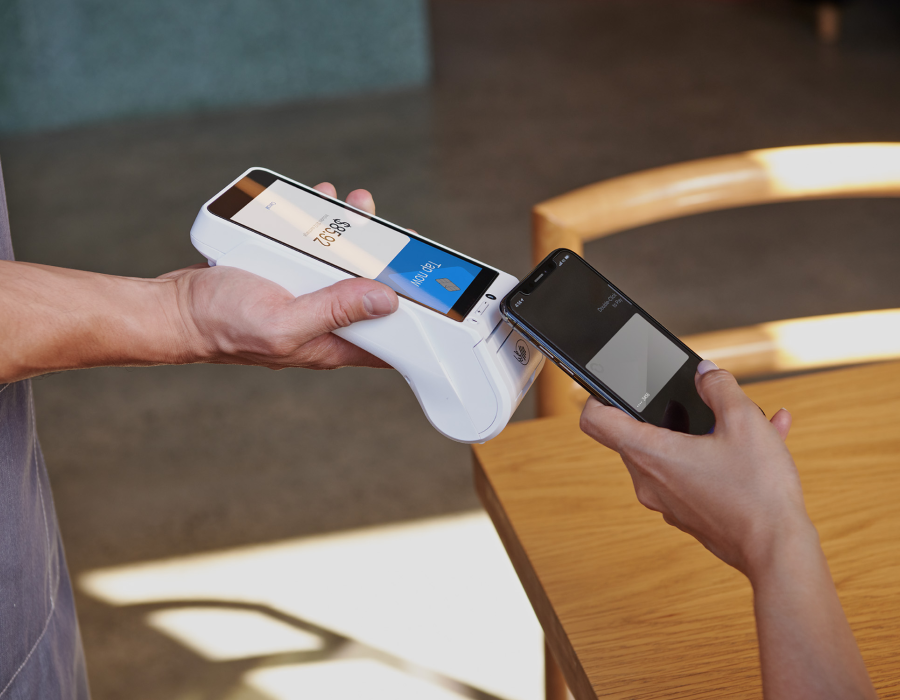It can be embarrassing for a business when its customers experience long wait times due to inefficient processes. For example, you want to provide a leading service to customers but you have to ask them over to the register because your payment terminal is wired. Fortunately, portable terminals are here to change that. Portable terminals offer the perfect solution for businesses looking to reduce customer waiting times and streamline operations.
What are Portable Terminals?
Portable terminals are small devices with integrated payment processing capabilities that can be taken anywhere. This allows businesses to conduct transactions quickly and securely without having to be tied down to a wired terminal. They can also integrate with existing payment solutions such as credit card readers, wireless terminals, and more.
The Benefits of Portable Terminals
As you can imagine (and dream, if you’re still stuck with an old-fashioned system!), portable terminals provide businesses with great flexibility in how they conduct transactions. With portable devices, you can take payments anywhere – from the store counter to the door of a customer’s home. Additionally, these terminals reduce operational costs by eliminating the need for physical infrastructure and can help save time by speedily processing transactions.
Portable terminals also provide businesses with additional security measures to protect their customers’ financial information. They come equipped with encryption technology that keeps data secure from any malicious actors. Moreover, these terminals can be easily monitored and updated to keep up with the latest security protocols.
Next, portable terminals enable businesses to access real-time analytics, which helps identify customer trends and better understand their needs. This allows businesses to provide more targeted and personalised experiences for their customers. By leveraging this data, companies can create more efficient operations, which can help them save on costs and increase their bottom line.
Overall, portable terminals make it easier for businesses to accept payments from customers. These terminals are equipped with the latest contactless payment solutions like NFC and EMV, which allow customers to make payments quickly and securely. This helps businesses to streamline the payment process and reduce their costs. Further, these terminals are highly secure and help protect sensitive customer information, therefore reducing fraud incidents.
Customers can pay using their smart devices, they don’t have to wait in line for long, they’re protected, and they can get the goods or services quickly. This helps to improve customer satisfaction and leads to repeat purchases. Also, businesses can use portable terminals in areas that are not easily accessible to traditional terminals; this can help them tap into new customer segments and increase revenue. With all the right features, these portable terminals are becoming popular perhaps quicker than most others.
Tips to Thrive with Portable Terminals
1. Choose the Right Features: It’s essential to select mobile POS terminals that are equipped with features like PCI DSS compliance, encryption to protect customer data, and the ability to accept different payment methods; this helps businesses provide a secure and convenient experience for their customers.
2. Flexible Payment Options: Mobile POS terminals should offer flexible payment options such as Apple Pay, Google Pay, Samsung Pay, and EMV card payments because this helps businesses provide customers with a more convenient and secure payment experience.
3. Secure Networking: It’s important to ensure the mobile terminals are connected to a secure network so that customer data is kept safe from hackers and other cybercriminals. Securing wireless networks with encryption, firewalls, and access control measures is essential for a secure payment system.
4. Use Automation: Finally, portable terminals should be equipped with automation features that enable businesses to reduce manual tasks and automate processes. Automation can help businesses save time, increase efficiency, and reduce costs.








